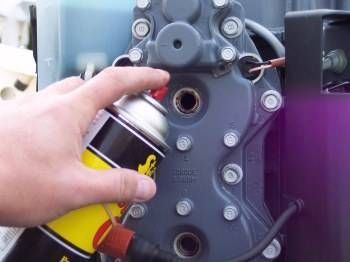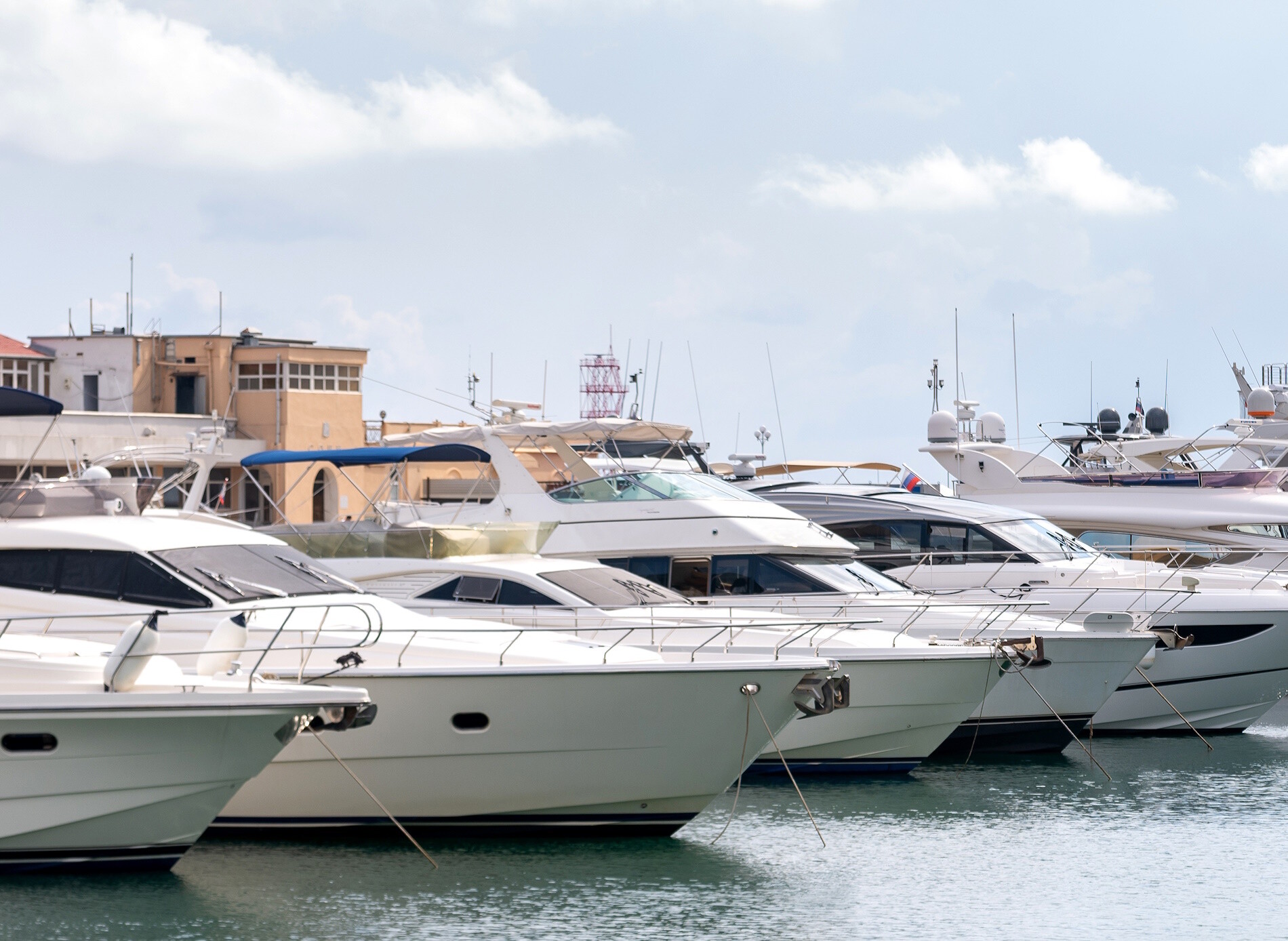Packing It Up - Steps to Winterize Your Boat Part I: Outboards
Now that Labor Day has passed, boating season is coming to an end while cold weather looms on the horizon. The engine is the most expensive part of...
1 min read
Bell Performance : Sep 14 2011

 Labor Day has come and end, signaling the end of summer and the time to start thinking about packing the warm weather toys up for the winter. This includes lawn and garden equipment, and, for some parts of the country, the boats and marine craft that have served us so well during the spring and summer.
Labor Day has come and end, signaling the end of summer and the time to start thinking about packing the warm weather toys up for the winter. This includes lawn and garden equipment, and, for some parts of the country, the boats and marine craft that have served us so well during the spring and summer.
For boats, you can take a few simple steps that will get your boat engine ready for the winter and make it more ready to perform at its best when you unpack it for use when the weather warms up.
Start the winterizing process by changing the oil and filter to remove any corrosive contaminants which can do damage internally when an engine is idled for extended periods of time. We recommend adding Bell Performance X-tra Lube, which coats the internal bearing surfaces and will prevent scoring of bearings and other lubricated engine components when restarting the engine in the spring. Long periods of inactivity cause the oil to drain down over winter, causing what we call a ‘dry start up’ which can score bearing surfaces. After adding X-tra Lube, run the engine to bring it up to operating temperature and then run for about 10 minutes more. Your engine is now protected for the cold start when you bring it back out of storage.
Flush the engine with fresh water to remove any acids that can build up when antifreeze breaks down or other by-products of combustion find their way into the cooling system. Such acid formation can deteriorate such things as the water pump impeller, freeze plugs, radiator and anything else that engine coolant comes in contact with.
Some outboards have an attachment for a garden hose to make the job easier. Idle the engine when flushing, making sure it doesn't overheat and run until the water flushes clean. Inboards and stern drives require refilling with glycol antifreeze to prevent the engine from freezing, which can crack the engine block resulting in very expensive repairs.
Click here for Part 2 of Winterizing Boats

Now that Labor Day has passed, boating season is coming to an end while cold weather looms on the horizon. The engine is the most expensive part of...

Winter is coming, so its time for many people around the country to put up their small equipment for the winter – lawn mowers and equipment, boats...

Now that Labor Day has passed, boating season is coming to an end while cold weather looms on the horizon. The engine is the most expensive part of...